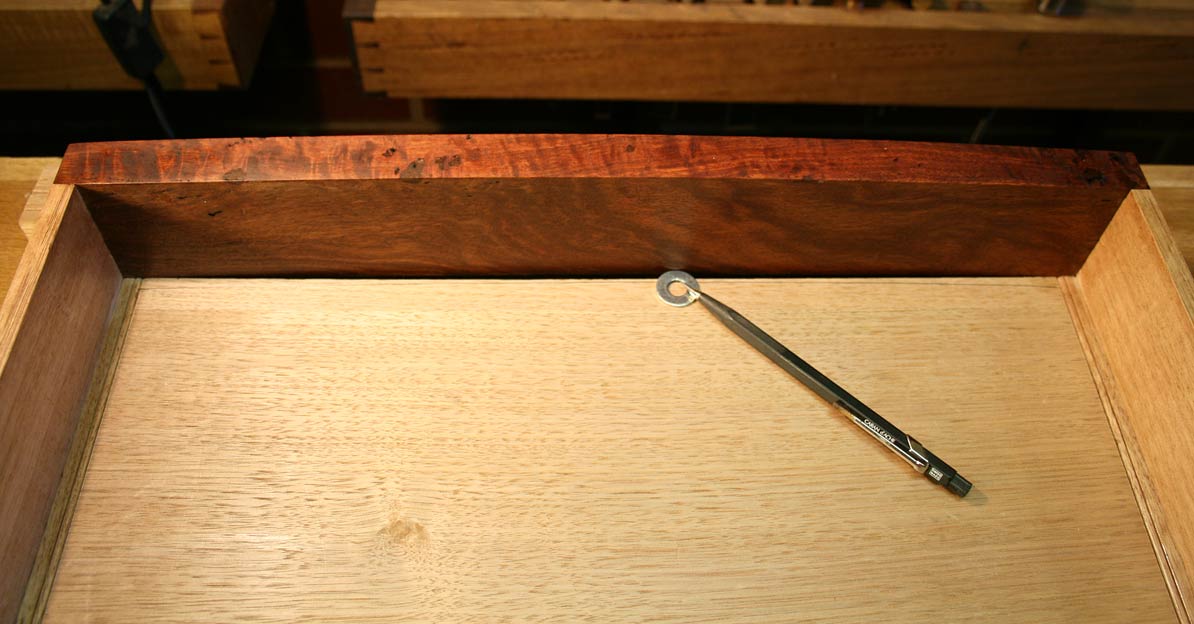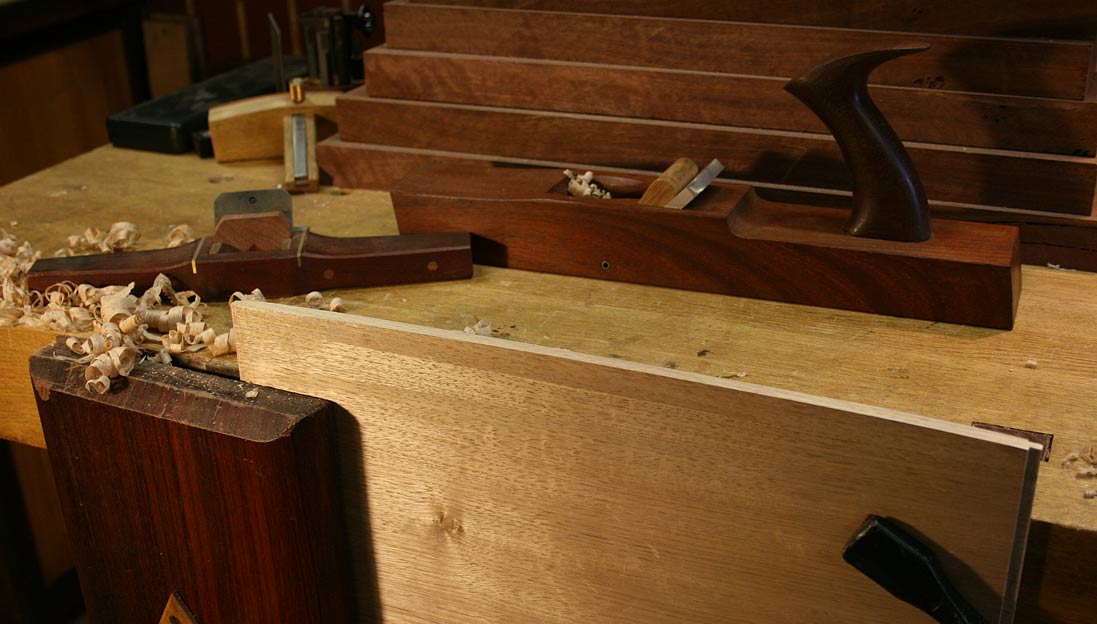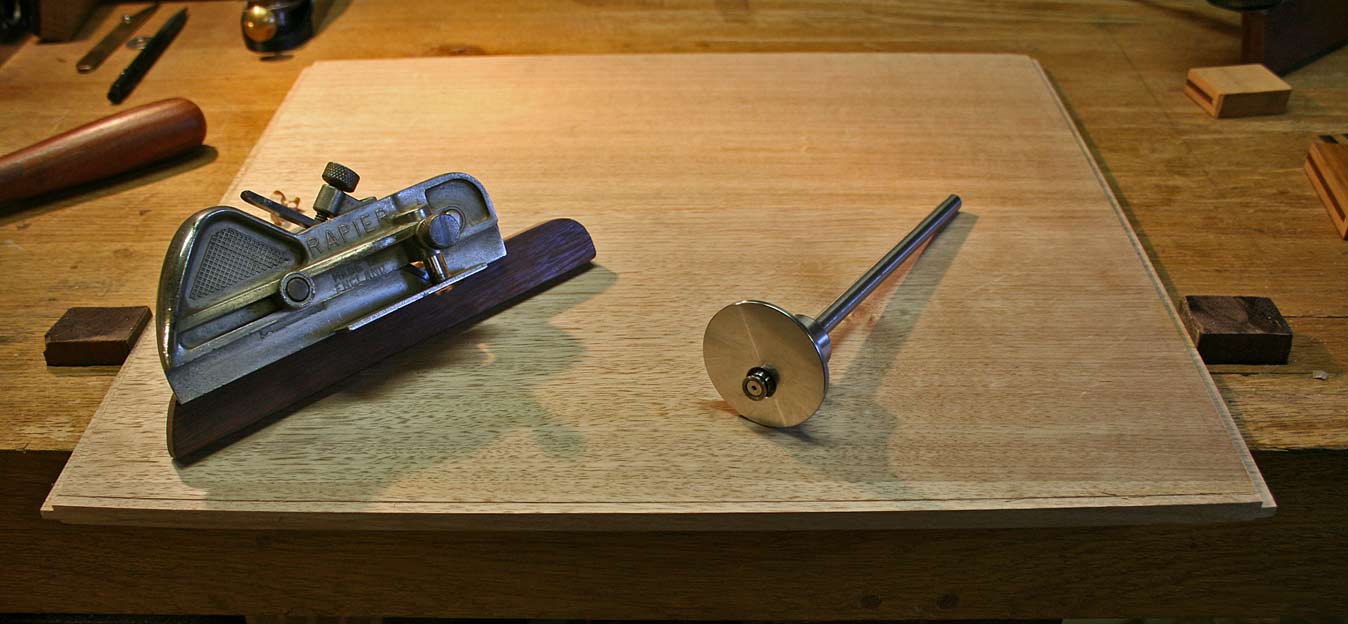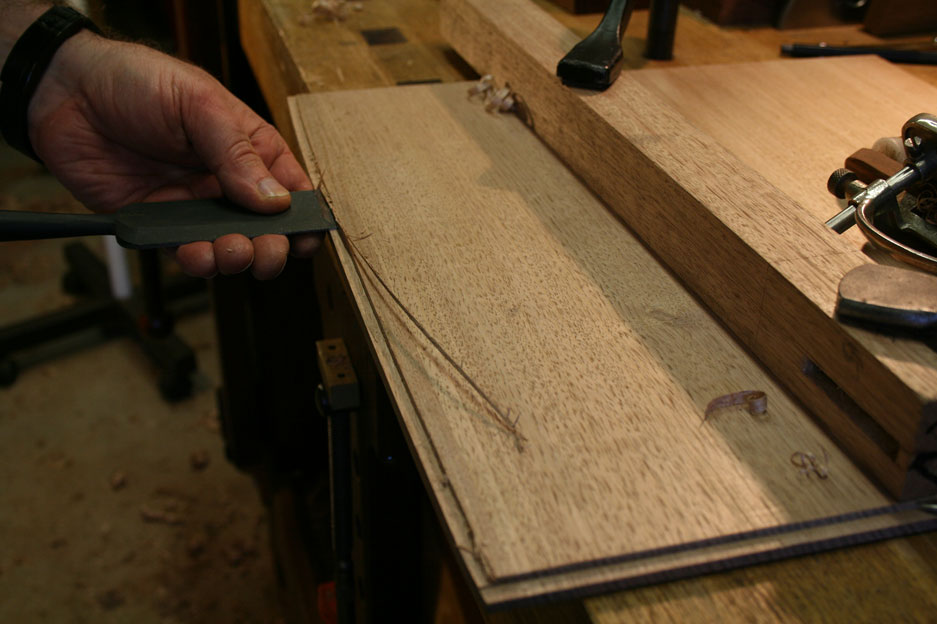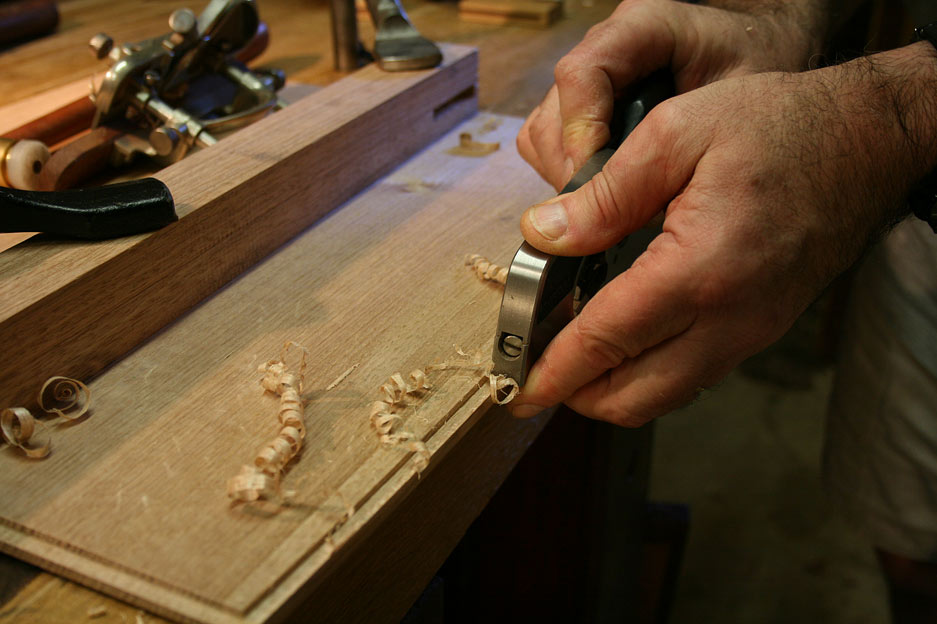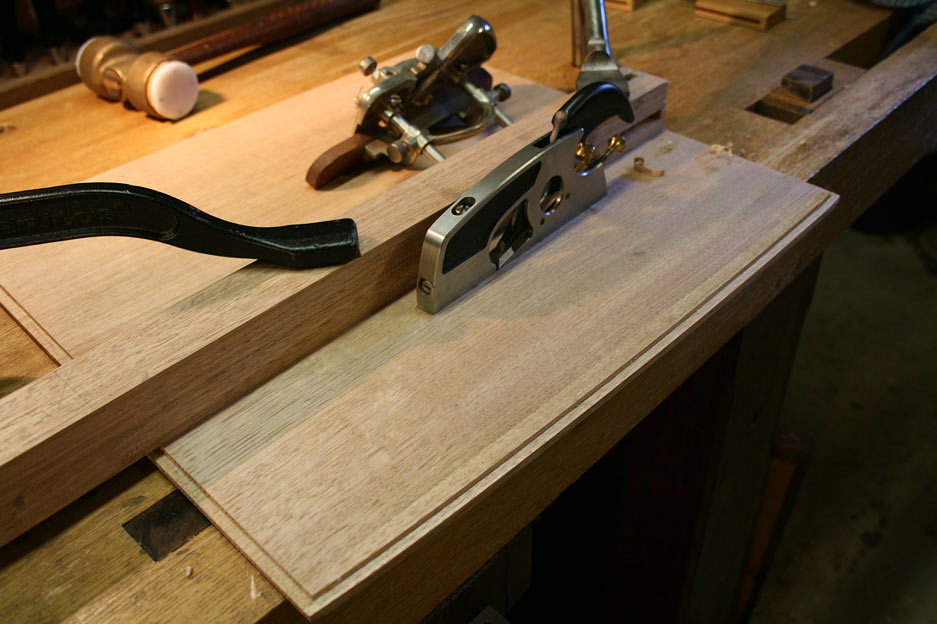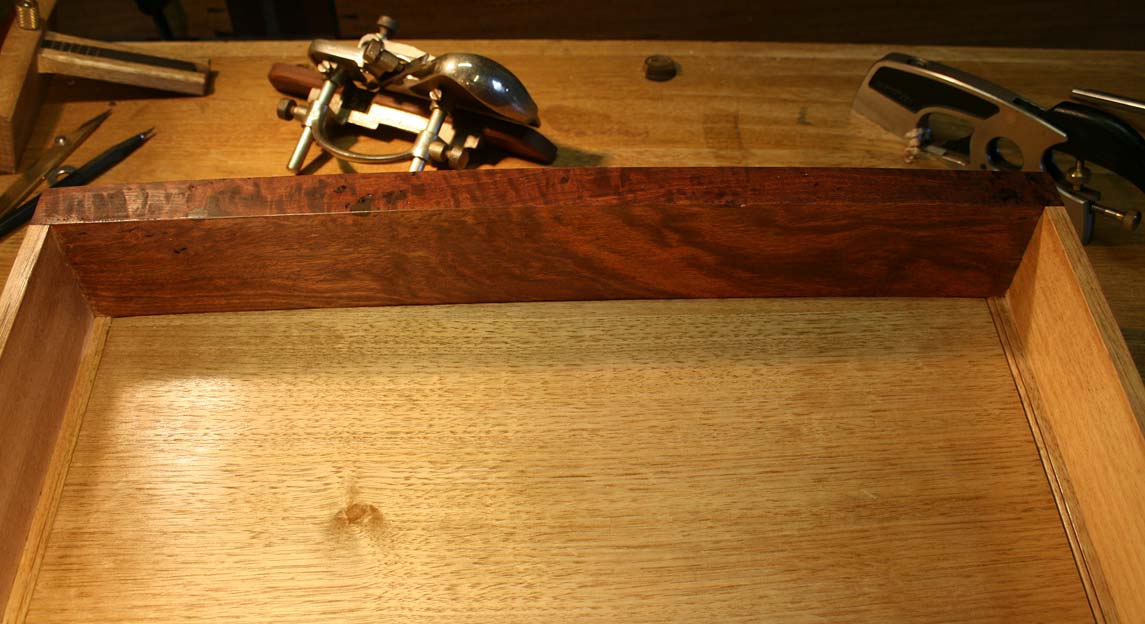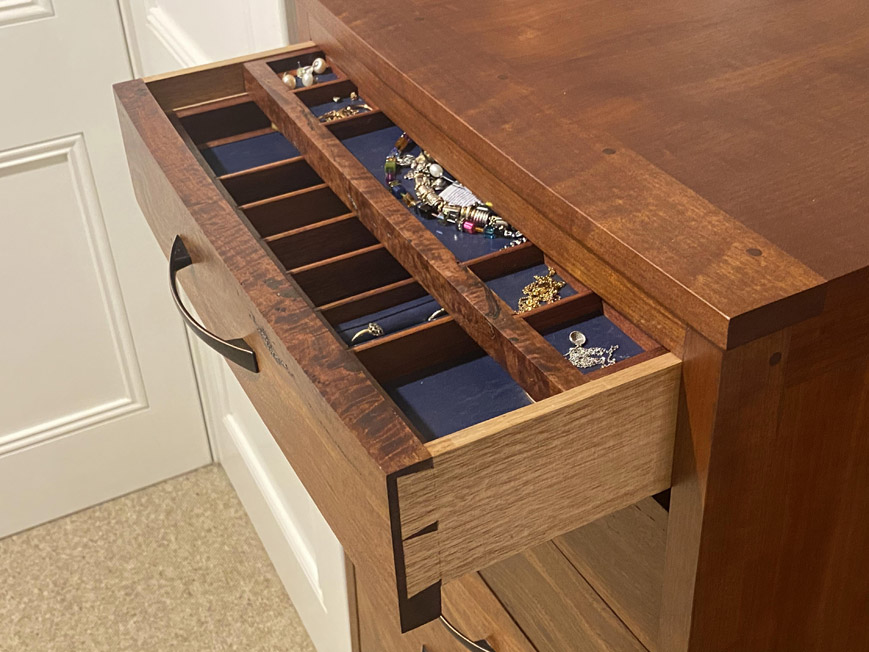I'm sure this discussion was had recently, with much the same responses.
I have 3 shoulder planes, large, medium & small - mainly because I like building planes!

Of these, I probably use the small one (1/2" blade width) the most, and almost never for trimming tenon shoulders - I just happen to do a fair bit of "small" work involving fine-fitting where it can be extremely handy.
I lusted after a shoulder plane for many years after I started 'serious' woodworking, until I finally made my own in the early 80s. It was quite a good "user" but I soon found it spent almost all of its time in the tool cupboard & very, very little time on the bench. Building furniture was my main task for about the first 30 years of my "career" & I very soon discovered typical furniture-sized tenon shoulders are a pita to trim with a shoulder-plane. They are far more easily finessed with a wide, sharp chisel as already mentioned. I still use the method we were taught in the 50's in school woodwork; saw on the waste side 1/32" or less from the scribe line, then chop down with a wide, sharp chisel. We were taught to 'undercut' ever-so-slightly to produce the required super-tight shoulder line, but it's not too difficult to chop at very close to a perfect 90 deg. if the edges are going to be visible:

Takes less time to do than to describe. The only time I'd use a shoulder plane to trim a tenon shoulder is if it is a very long one like the ends of this chunky trestle table, where the chisel method gets a bit tedious & I'm liable to lose concentration & allow the chisel to twist slightly:

I certainly wouldn't use a 78 or similar for this job unless desperate - you can't beat the easy, controllable cutting of a solid, low-angle, bevel-up plane when it comes to cutting across end-grain!
For the faces or cheeks of larger tenons, I try to just saw them accurately & tight to the line, but of course I don't always get them perfect straight off-saw, especially if they are the size of those in the pic. above. But any plane that can cut up to a shoulder will peel wood off across the grain no problem, and even a little spelching on the exit side is usually of minor concern as it will be well out of sight (I claim it's to let the air & excess glue out when assembling

). I tend to use my 78 here; crude it may be, but it even the "soft" blade in my 78 peels the wood off cross-grain just fine on the hardest woods, & I like it because it's relatively easy to change the set for heavy or light cuts as the situation demands.
So my take is also that a shoulder plane is a luxury bought (or made) mainly to impress shop visitors. There are many, many other tools that will repay their cost far more quickly than a shoulder plane, unless you do work that really requires their (somewhat limited) abilities, in which case you would already know what you need. If you feel your life will be empty because you don't have one, any size will do for a start. Later, when more experience informs you what you really need, you can hang onto it if it turns out to be the bees' knees for you, sell it & buy something more useful to you, or trade up/down to something that does suit....

Cheers,








































